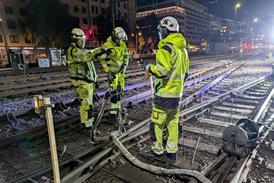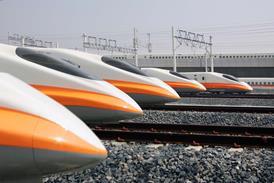Putrajaya Line second phase opens in Kuala Lumpur
By Metro Report International2023-03-17T09:51:00

MALAYSIA: Prime Minister Anwar Ibrahim opened the second phase of Kuala Lumpur’s Putrajaya Line with a ceremony at the Serdang depot on March 16. Public services began at 15.00, with free travel until March 31.
Already have an account? LOG IN
To continue…
You’ve reached your limit of content for the month
Get enhanced access to Railway Gazette news and weekly newsletters.

For almost 200 years, the Railway Gazette Group has been the leading provider of news, analysis and intelligence for the international railway industry. Our independent and authoritative content is read by operators, regulators and the supply industry in over 140 countries using a variety of tailored subscription packages.
Site powered by Webvision Cloud



